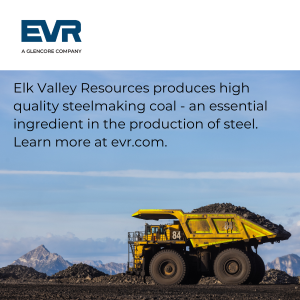Re: Do you trust BP?
Please bear with me while we conduct a theoretical economic analysis for this BP project.
In this analysis, we perform a risk assessment of the project. We compare [$X benefit] generated from the project with the [$Y risk]. The [$Y risk] is calculated as the sum of [$A potential damages to investors] times the [%B probability of occurrence].
So if [$X benefits] >= [$Y risk] which again is equal to the sum of [$A potential damages to investors] x [%B probability], the project is considered feasible and worth the risk. The project is green lighted.
So you are correct in declaring that an environmental disaster is not desired by BP since it will negatively impact its bottom line and in fact, if the project is too risky, it won’t go through with it.
But. The risk level BP is willing to accept and the risk the surrounding people and environment are willing to accept is much different because they will be affected at much different levels in the event of an accident.
There are significant factors missing in BP’s determination of [$Y risk]. They haven‚Äôt factored in the cost of damages to the natural environment and the negative economic impact on local economies during regular operation or God forbid, a disaster. If BP was forced to consider the true scope and impact of its operations, I surmise it would employ smarter mining practices or simply walk away from the project declaring it too risky. The conventional method of economic analysis is naive.
Fernie locals have sensed that this project is too risky when comparing the benefits to what’s at stake. Therefore, an indirect economic analysis should be independently performed. The equation for analysis of a project of this magnitude must evolve to become:
Is [$X benefits to society and environment] >= [$ risk to society and environment]?
Login & Signup

Featured Event
Fernie Ghostriders Hockey Home Game
Location: Fernie Memorial Arena
Date: 22/11/2025
Time: 18:30 - 21:30











